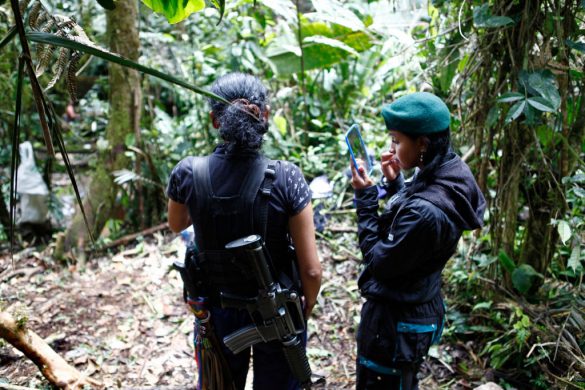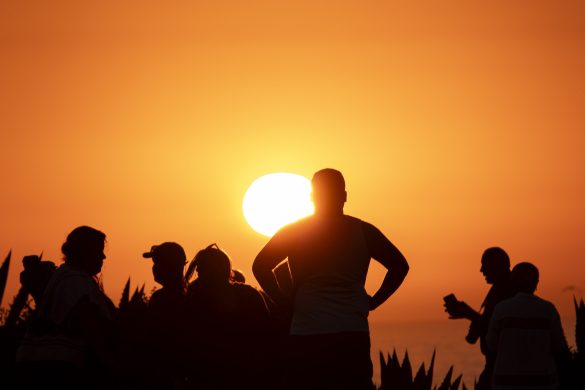Substantial progress has been achieved in providing microcredit to the worlds poorest families, those earning less than one US dollar (6,20 DKR) a day, according to a report released Wednesday, the World Bank press review notes.
The Microcredit Summit Campaign said more than 92 million of these families received loans in 2004, nearly a seven fold hike from the 13,5 million loan recipients in 1997.
– Tens of millions of the worlds poorest families are achieving economic gains by qualifying for micro-loans to fuel small businesses and secure their financial well being, said Sam Daley-Harris, head of the Microcredit Summit Campaign.
– The majority of these loans have gone to the extremely poor, 66,6 million families, affecting some 333 million family members which is more than the combined populations of the US and Canada, he added.
The campaign report found that women make up nearly 84 percent of the poorest loan recipients. – Empowering women is critical to reducing world poverty, Daley-Harris said.
The campaign, launched by representatives of 137 countries in 1997, backs the poverty reduction goals adopted by world leaders five years ago. The release of its survey coincided with the conclusion of the UNs 2005 International Year of Microcredit.
– Microfinance has proved its value in many countries as a weapon against poverty and hunger, according to UN chief Kofi Annan.
Meanwhile, hundreds of parliamentarians have urged the World Bank, the UN Development Program and regional development banks to increase microcredit funding, commit half of microfinance funds to the poorest, require cost-effective poverty measurement tools to ensure compliance, and report results annually.
The Microcredit Summit will announce final results of the campaign at the Global Microcredit Summit in Halifax, Nova Scotia, on November 12, 2006, and add two new goals to reach by 2015:
1) providing microcredit to 175 million of the worlds poorest families and
2) raising 100 million of the worlds poorest families above living on one dollar a day.
Microcredit got its start in Bangladesh in 1976 by Muhammad Yunus, a professor of rural economics. The idea is to provide small loans to farmers, would-be entrepreneurs and others who would otherwise have been ineligible for credit from banks using traditional means of evaluating credit-worthiness.
Critics have charged that the program reaches only a fraction of the worlds poorest and fails to address the root causes of poverty but backers say it offers hope for the poor who want to help themselves.
Repayment rates in countries like Bangladesh, Benin and the Dominican Republic are said to be as high as 97 percent.
Kilde: www.worldbank.org















